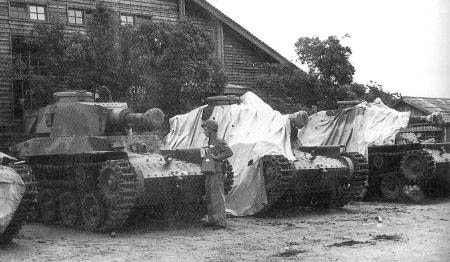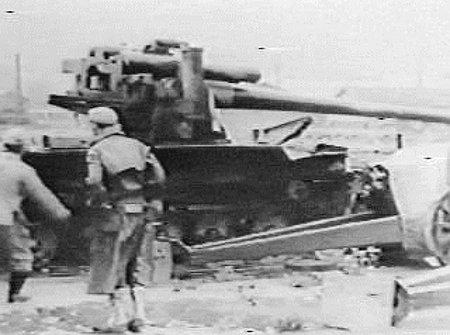Hi.
14) Army Amphibious Tanks:
A less known fact is that IJA was quite busy developing amphibious vehicles in the 1930th. Starting with the the Experimental Amphibious Halftrack AMP at least five different vehicles were developed and tested. As all trials were finally cancelled informations are rare.
a) Ishikawajima Amphibious Tank:
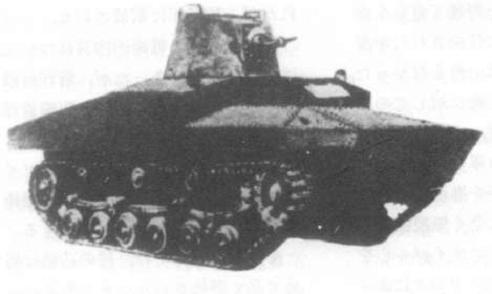
The tests with the AMP showed that such a vehicle would be useful for reconnaissance duties. So after introduction of the Type 92 Heavy Armoured Car Ishikawajima was ordered to develop an amphibious version of this tank, too. This was done until 1933. The official designation is unknown.
The vehicle used suspension, turret, engine and steering from the Type 92. The armour scheme was changed massively. The bow armament extension was removed and the driver was shifted to the center. A boat-shaped hull and large floats on the bow, sides and rear made the vehicle suitable even for heavier swell. Small propellers and rudders next to the tracks allowed manoevring in the water. Armor strength is unknown but did not exceed the basic vehicle (6 mm maximum).
Tests were quite satisfying and a small (unknown) number of pre-series vehicles was built for operational tests, too. Details are unknown but the final results lead to the decision to drop this design in favour of a special development program. The existing vehicles were later used for exercises and then scrapped.
Data
unknown
b) Experimental Amphibious Tank SR I-Go:
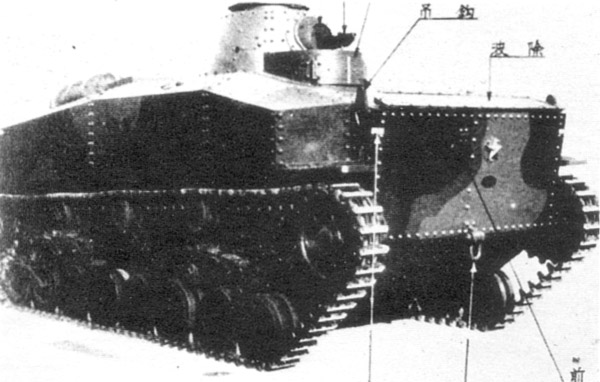
After finishing the tests with the Ishikawajima Amphibious Tank IJA ordered Mitsubishi to develop a new design for such a vehicle. Requirements are unknown but it seems that a vehicle weight below 4 t was one of basic demands.
The prototype was finished in 1934. The suspension was similar to the one used on the Engineer Vehicle SS-Ki. It consisted of eight roadwheels, three return rollers, a rear driving sprocket and a frontal idle wheel. Each two pairs of roadwheels were connected by leaf springs and mounted on the hull. The hull had several seperate chambers to retain buoyancy if pentetrated by bullets or splinters. The bow was not really boat-shaped. The driver sat below a cylindrical cupola in the (in driving direction) right. A simple visor port was used. The commander/gunner operated a Type 91 6,5 mm Tank MG inside a small conical turret in the centerline of the vehicle. Both had a large two-door access hatch above their position to enter the tank. All armor plates were riveted.
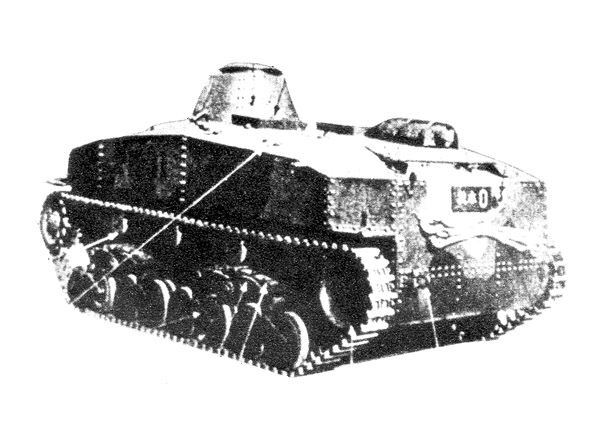
Afoat a small rudder below the rear allowed steering. Propulsion was generated simply by operating the tracks, there was no propeller. A large hingeable steel plate mounted on the frontal bow armor was used as splash shield.
The final weight without armament and anmmunition was just 3,7 t which indicates that the armor strength was very low. During the innitial tests the vehicle reached a maximum speed of 24 km/h on land with a 70 hp gasoline engine. The maximum speed of 9 km/h afloat could only be reached after a long acceleration periode. This propulsion was rated too weak. In addition the small rudder made steering problematic. Armament and armor were also rated too weak. So this design was dropped.
The prototype was used during exercises and was last seen on a parade in China in summer 1938. After development of its successor the numbering suffix “I-Go” = “Version 1” was added to the vehicle designation. Short designation became SR-I with SR = “Suiriku-Ryoyo sencha” = “Amphibious Tank”
Data:
vehicles built: 1
weight: 3,7 (metric) t
crew: 2 men
length: 4950 mm
width: 2400 mm
height: 1650 mm
engine: Mitsubishi 4-cylinder gasoline engine
power: 70 hp
maximum speed: 24 km/h on roads, 9km/h afloat
armament: 1 X Type 91 6,5 mm Tank MG
c) Experimental Amphibious Tank SR Ro-Go:
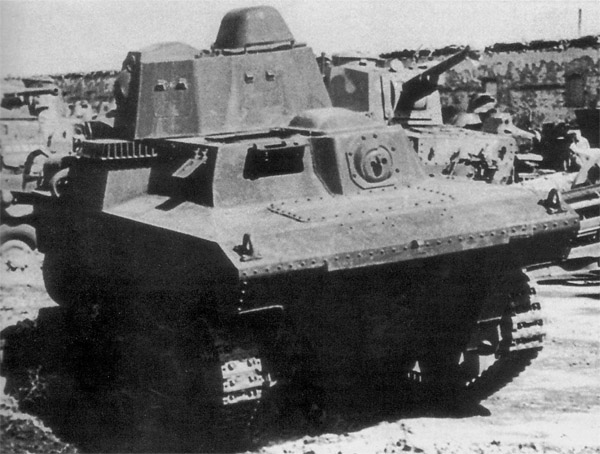
The problems with the SR-I led to the decision to start a new trial in late 1934. This time Ishikawajima was in charge of development again. Now weight should be up to 7 t, maximum armor strength 10 mm. A second MG should increase firepower.
The prototype was finished in mid 1935. It had a completely new Horstmann-type suspension consisting of three roadwheels, one return roller, a frontal driving sprocket and a rear idle wheel. The two forward roadwheels were connected by a small coil spring and a bogie. The rear roadwheel was connected the same way with the idle wheel. The roaswheel was placed between the second and third roadwheel. The bow was now boat-shaped increasing acceleration afloat. An armor plate integrated in the middle of the bow armor could be raised as splash shield.
On the bow and each side several flotation chambers were mounted. These were designed flatter to lower the silhouette. The driver now had a rectangular cupola with visor ports on the front and right side. He entered the vehicle through a large rectangular hatch above his position. On his left side the bow gunner was placed below a slightly larger rectangular cupola. A cap on his hatch increased his firing angle. He operated a Type 91 6,5 mm Tank MG in a standard mount. A closable visor port was placed in the left side next to the gunner.
The turret had an octogonal basic shape with sloped sides. A standard MG mount for a Type 91 6,5 mm Tank MG was mounted in the frontal plate. Closable visor ports were placed in each forward side and side armor plate and in the rear. The commander/gunner entered the tank through a large access hatch with a big cap. A grid construction behind the turret simplified access to the vehicle afloat.
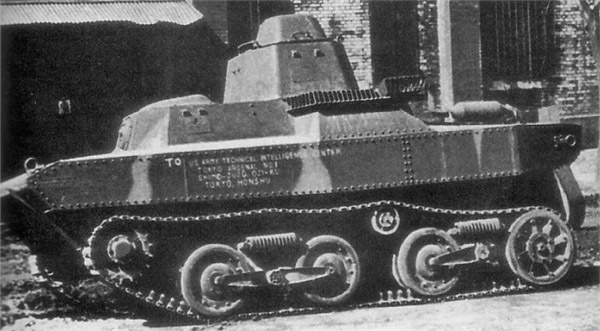
The engine was placed lengthwise in the rear. Exhaust pipes lead from the rear to a muffler and raised tail pipes behind the turret on each side. Two 500 mm propellers with rudders were attached to the rear.
The vehicle was designated “SR Ro-Go” = Amphibious Tank Version 2, short designation SR-II. During innitial tests the vehicle showed a good mobility on land and afloat. A small pre-production series was finished until late 1935. Operational tests were successful but the armament was rated too weak. Nevertheless the concept was rated good.
The fate of the vehicles is unknown. At least one was captured 1945 by soviet units in Manchuria. There is no known survivor.
vehicles built: 1
weight: 6,9 (metric) t
crew: 3 men
length: 4100 mm
width: 1800 mm
height: 1600 mm
engine: gasoline engine
armament: 2 X Type 91 6,5 mm Tank MG
d) Experimental Amphibious Tank SR Ha-Go:

In late 1935 Mitsubishi was ordered to remodel the SR-II design. Goal was to increase firepower and armor. Only limit was a maximum weight of 7,5 t.
The basic shape reminds of a Vickers Light Amphibious Tank. One was captured in China and it seems that many design features were copied. To get a stable gun platform afloat the flotation chambers were enlarged to the sides and front. Welding was used instead of rivets as far as possible to spare weight. The maximum armor was increased to 13 mm. The turret was similar to the Type 94 tk turret. A prototype was built until mid 1937 designated “Amphibious Tank Version 3”, short Designation “SR-III” or “SR Ha-Go”.
Trials to mount a Type 94 37 mm Tank Gun lead to a maximum weight above 7,5 t. This was also rejected as the proposals to mount a Type 92 13,2 mm Tank Machine Cannon or to lower the armor strength to reach 7,5 t. Both guns would have needed a larger turret. Mitsubishi saw no chance to archive the expected result with the weight limit. In addition there was a lack of ressources regarding production capacities, raw materials and money. So IJA decided to cancel the whole project in 1938. The development results were handed over to IJN.
The prototype was sent to Rabaul in 1942 or 1943 for further tests and transport purposes. The remains are on display at Kokopo Museum, Rabaul.
vehicles built: 1
weight: 7,5 (metric) t
crew: 2 men
length: 4100 mm
width: 2000 mm
height: 1800 mm
engine: gasoline engine
armament: 1 X Type 91 6,5 mm Tank MG
Yours
tom!
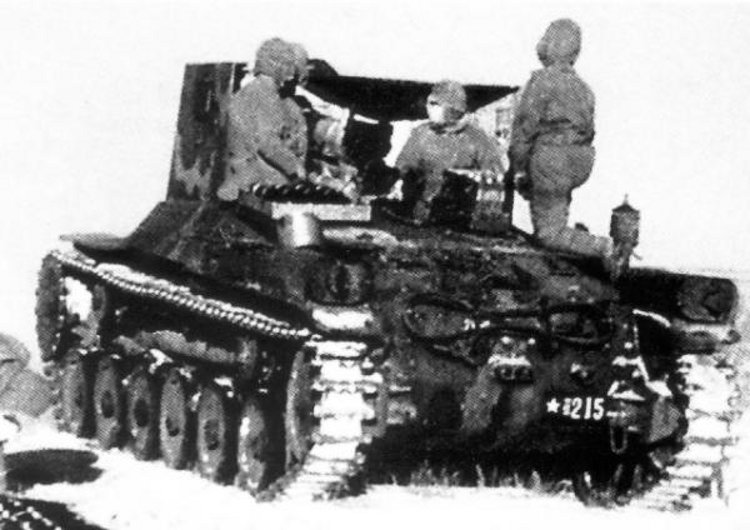
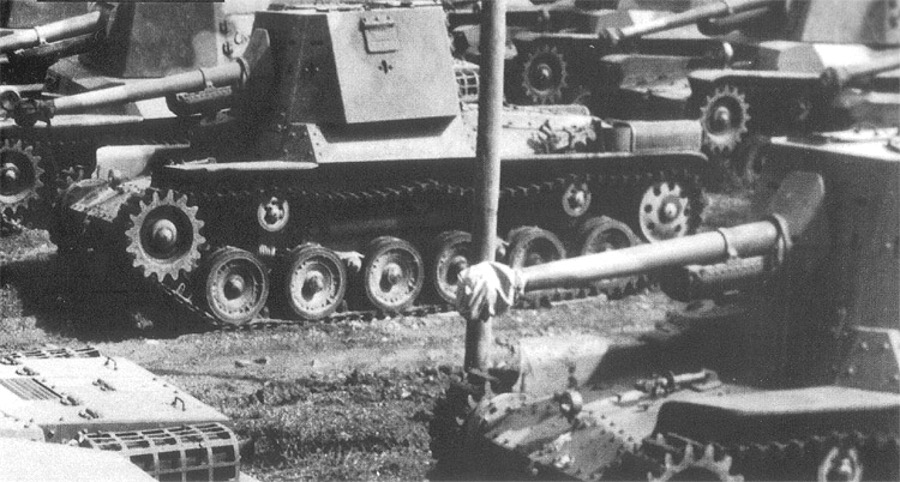
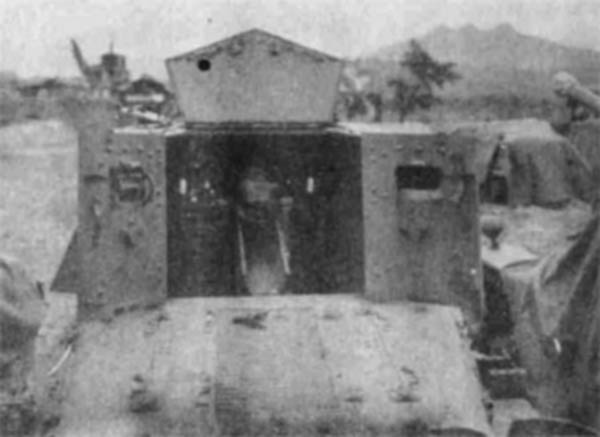
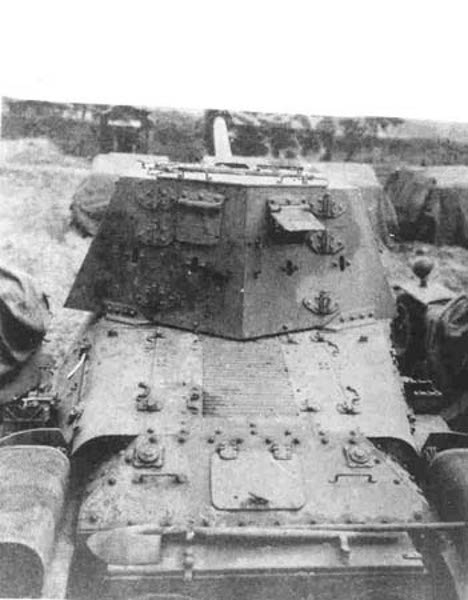

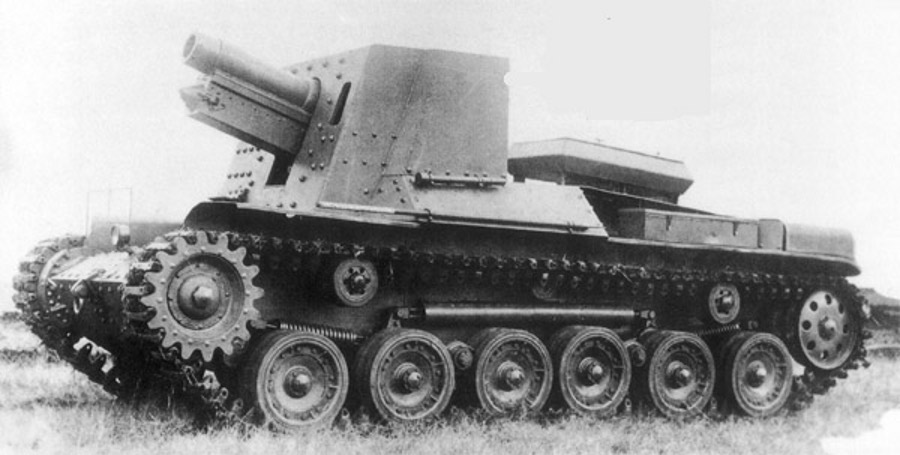
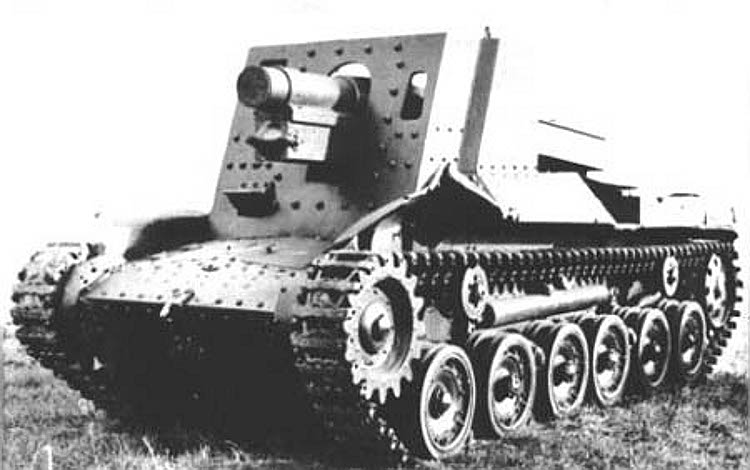
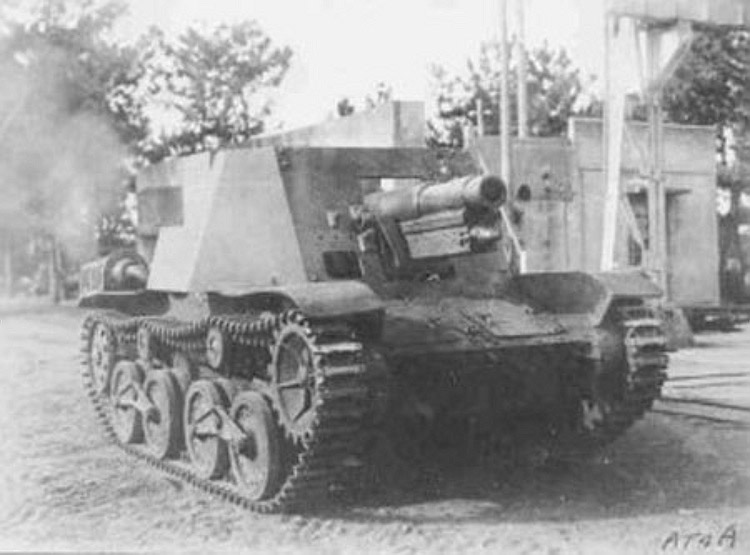



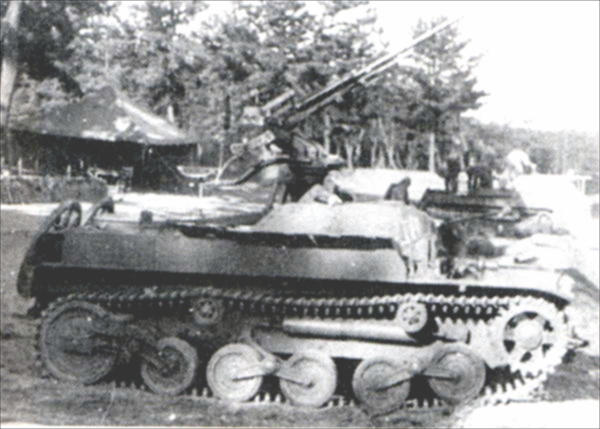
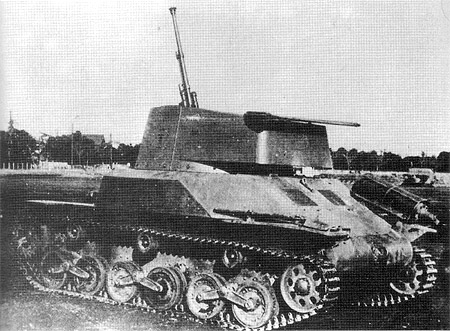

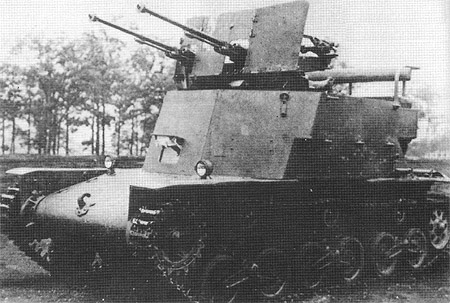

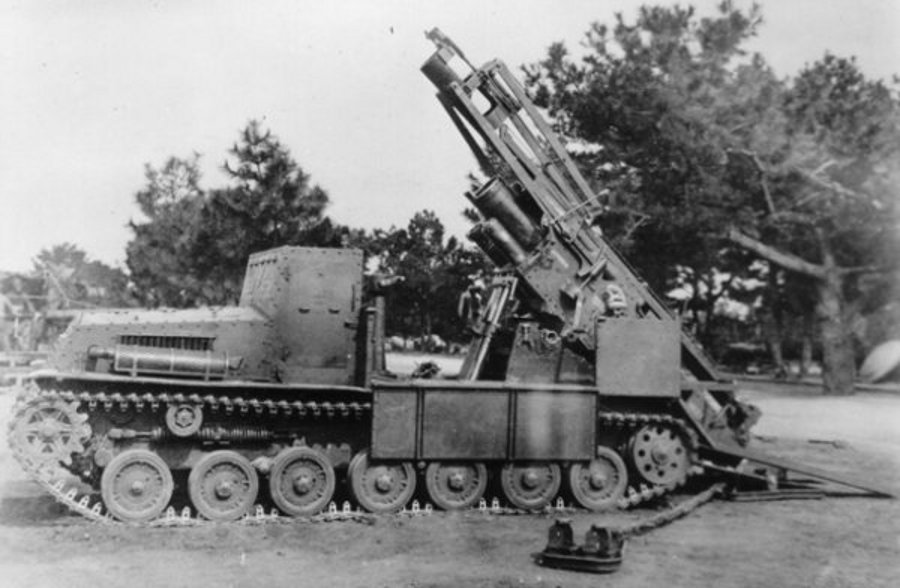
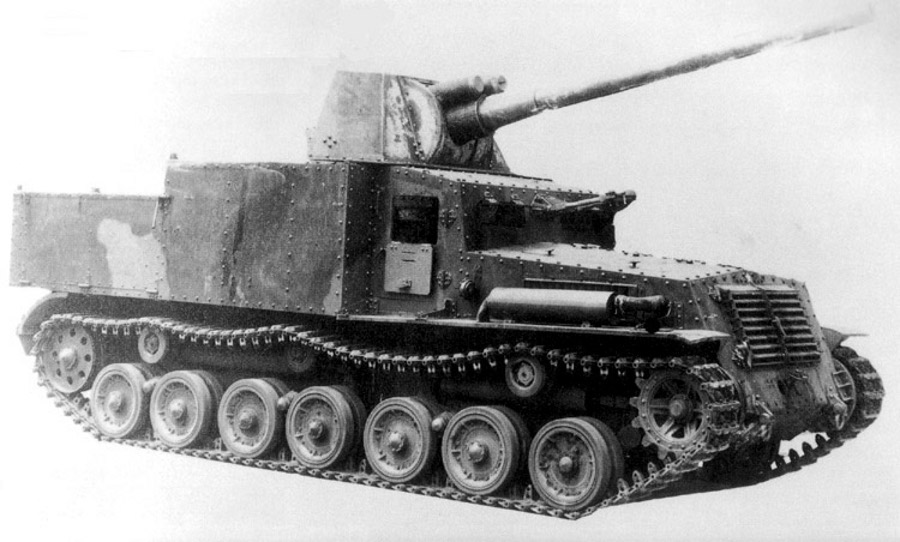
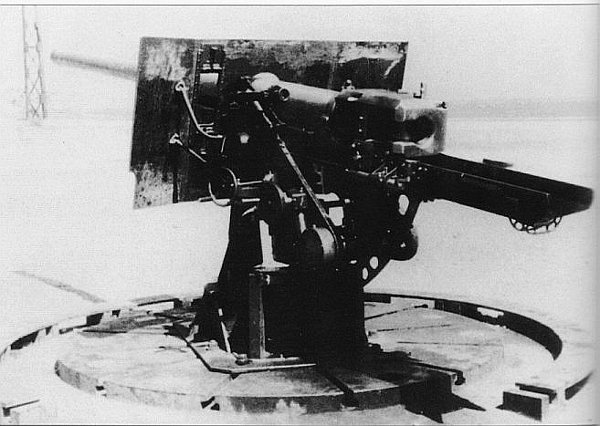
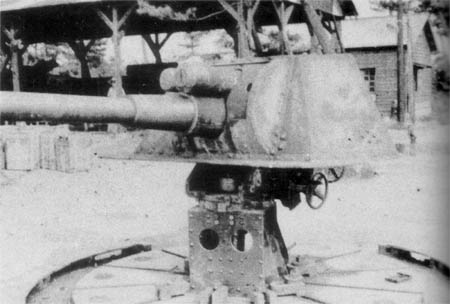
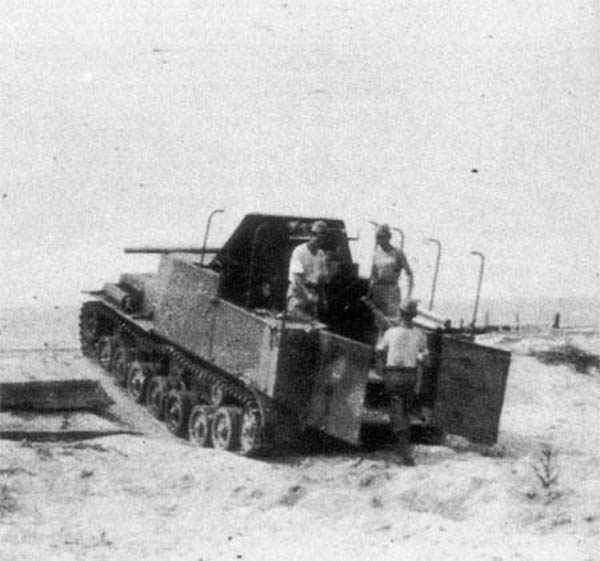




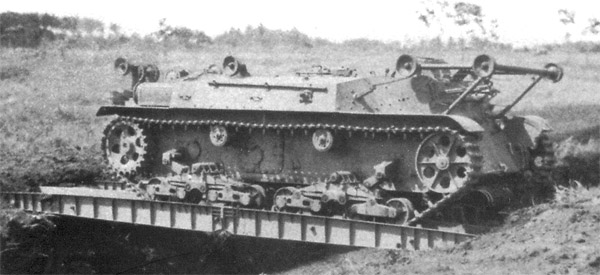
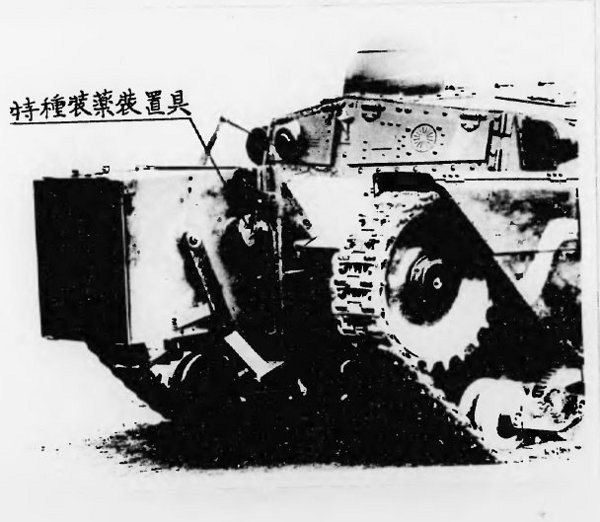

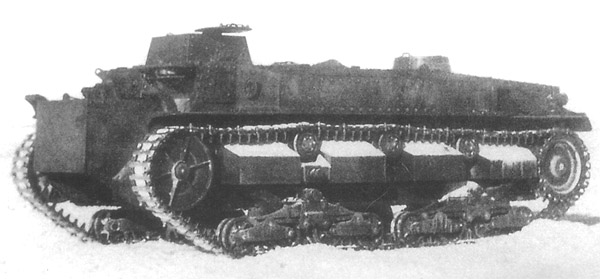
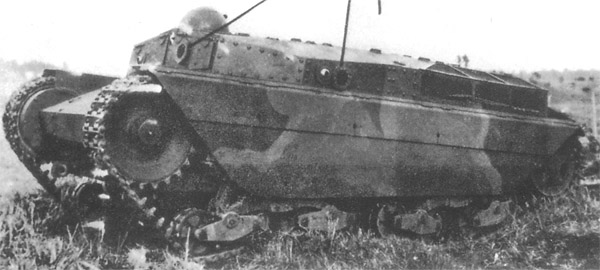

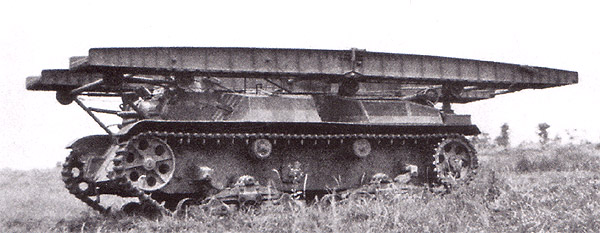
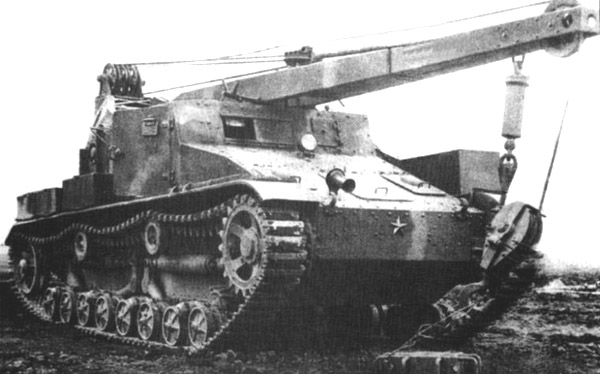
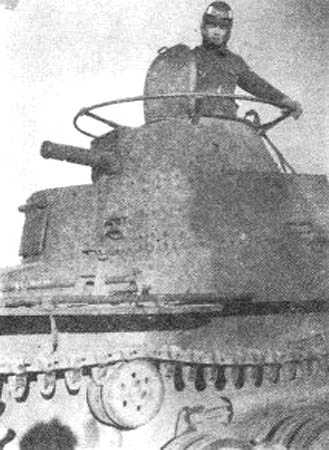
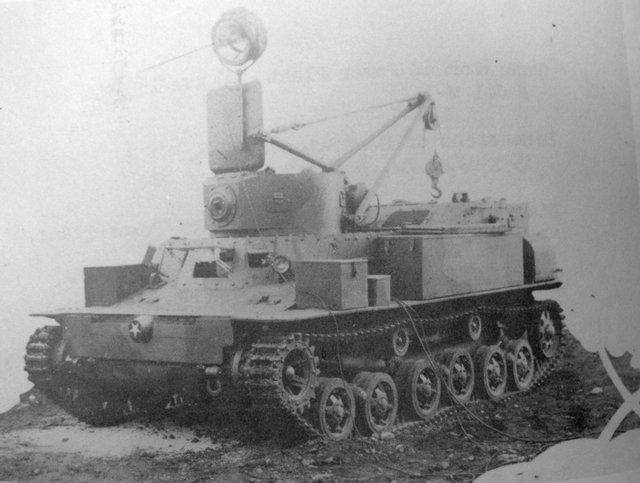
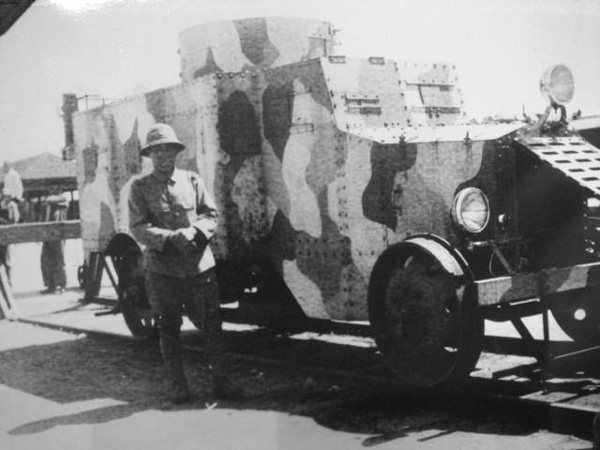
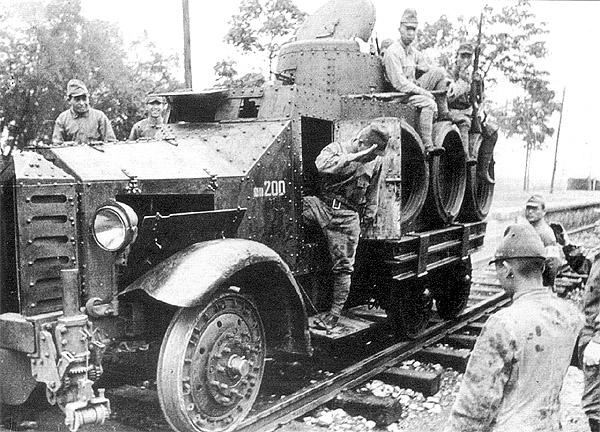
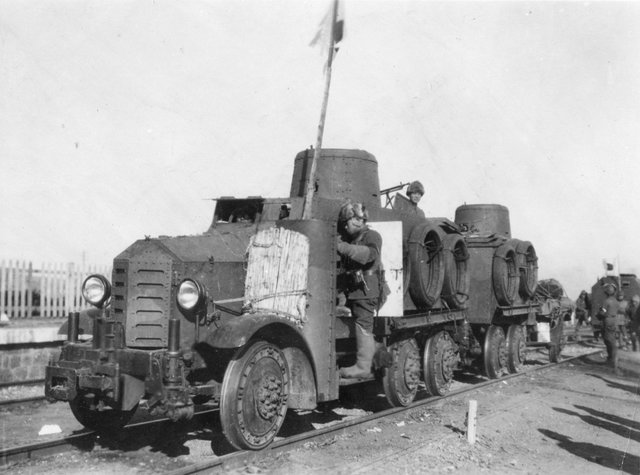
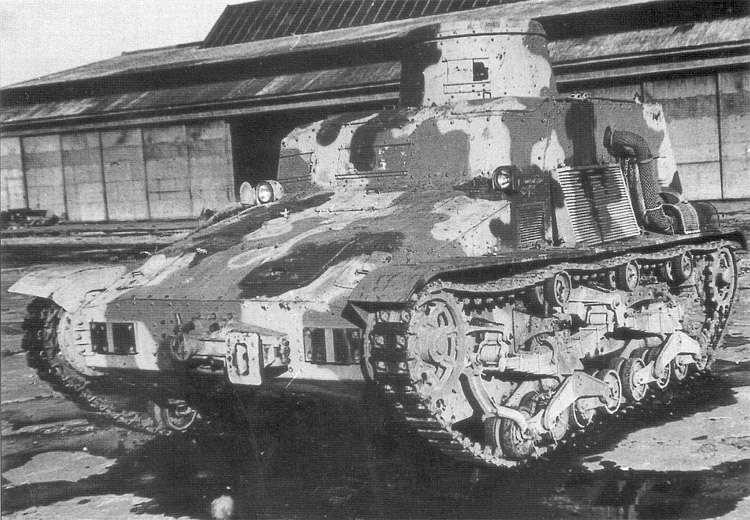
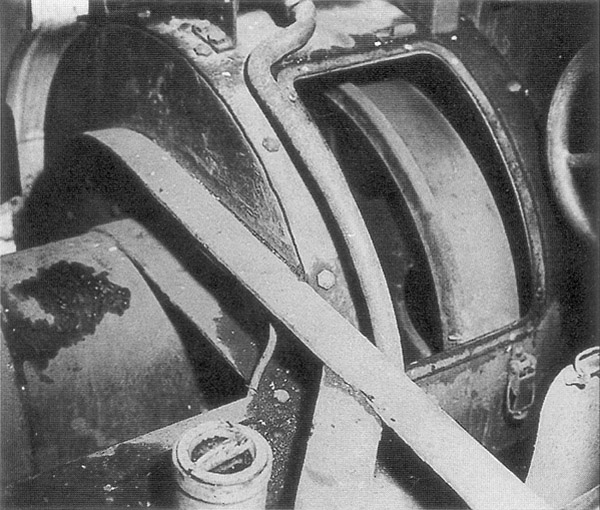
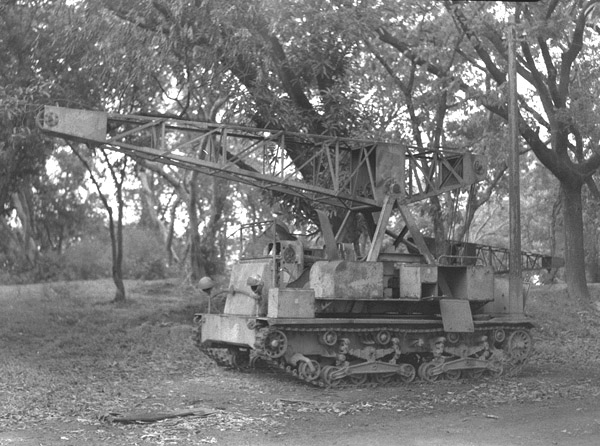
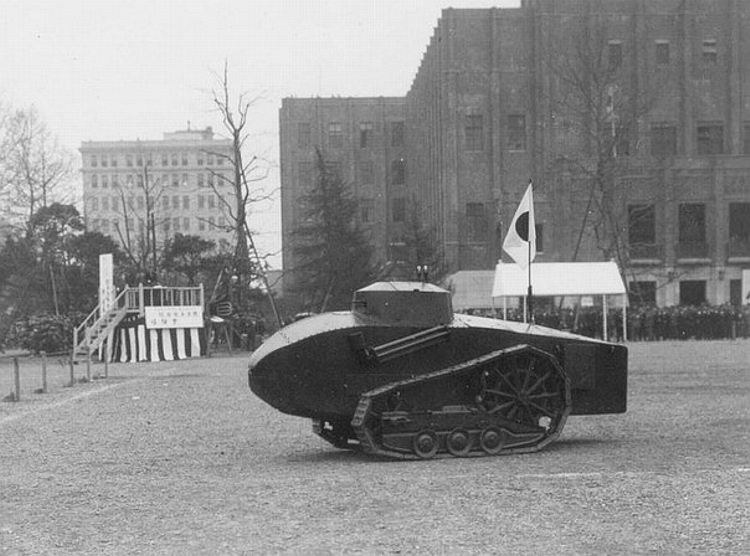
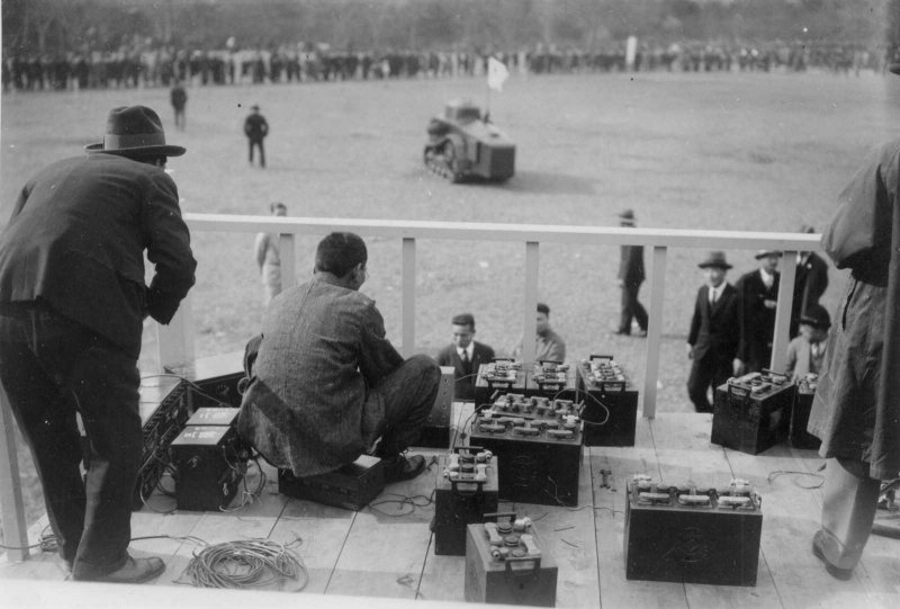

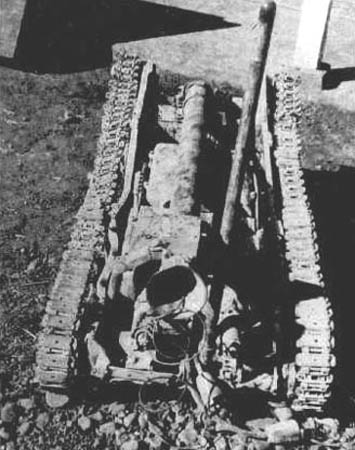
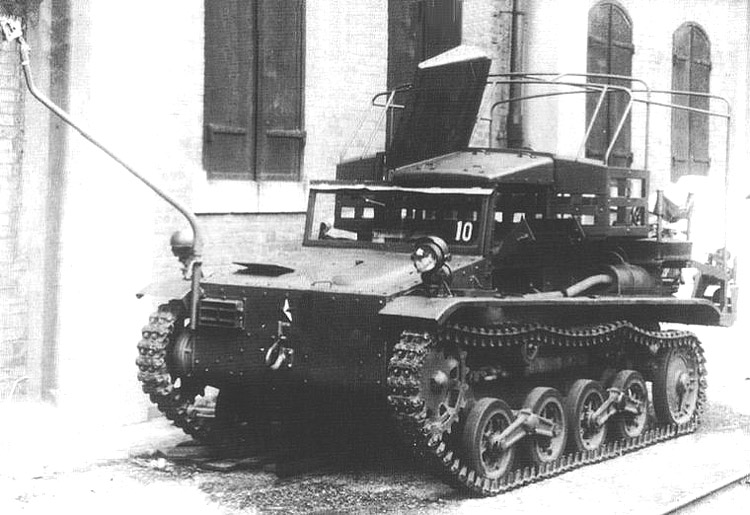
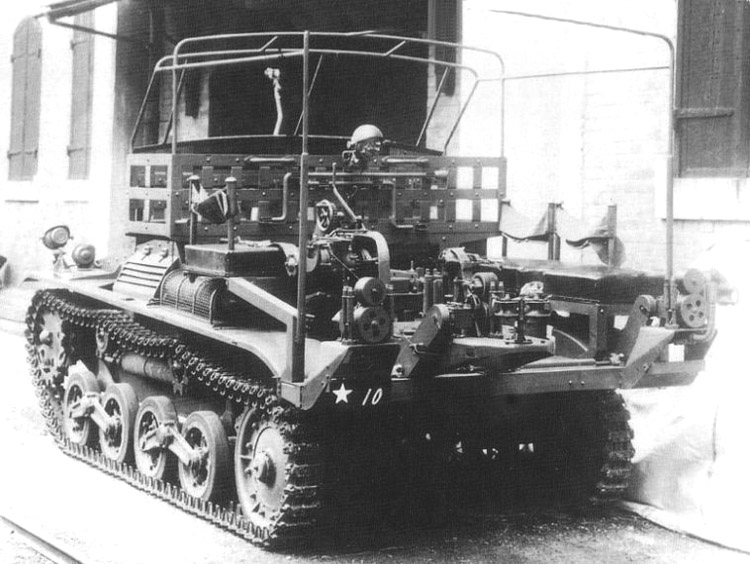
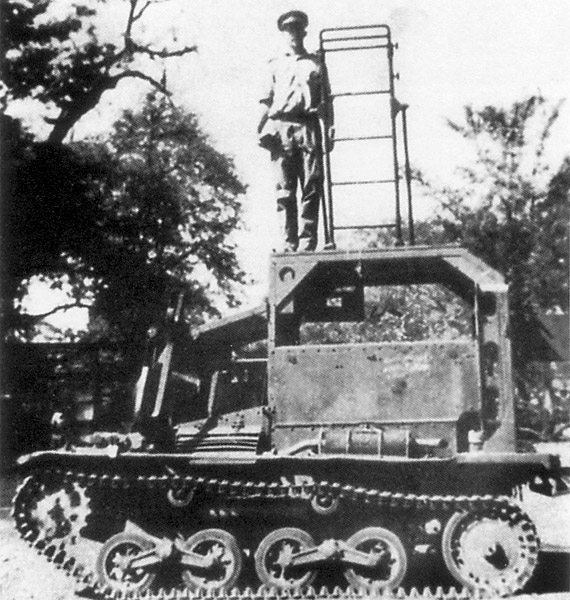
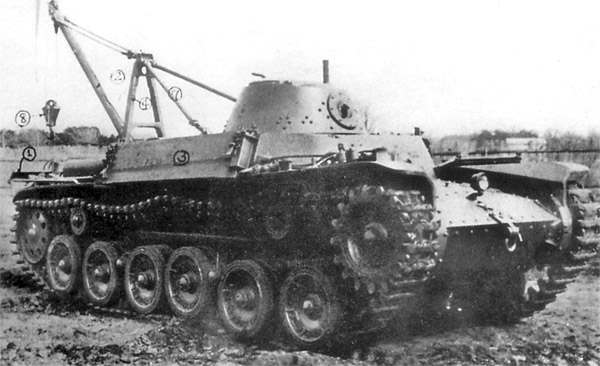
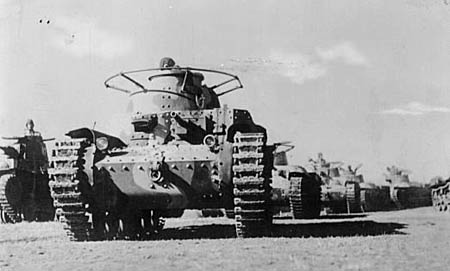
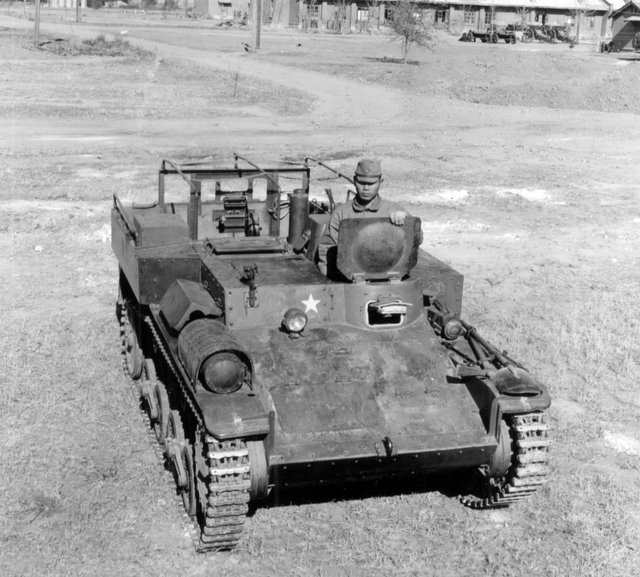
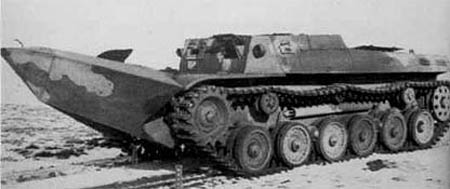
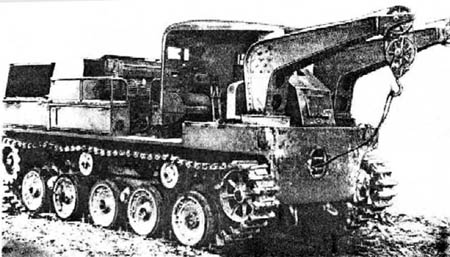
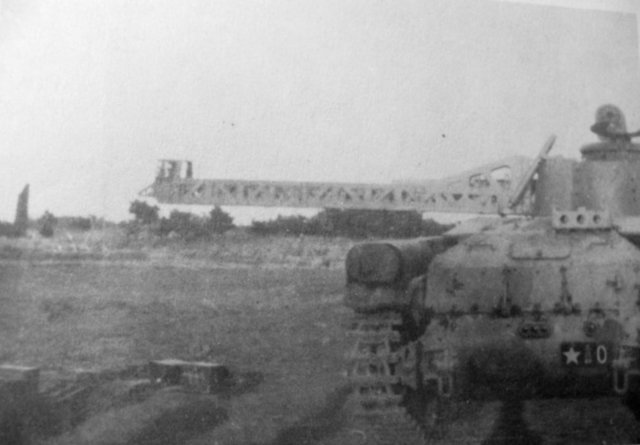
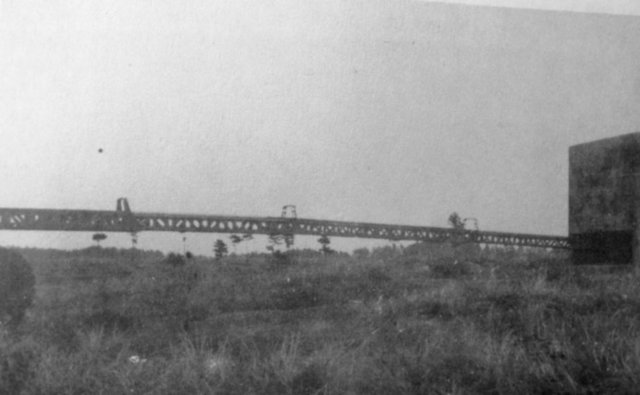
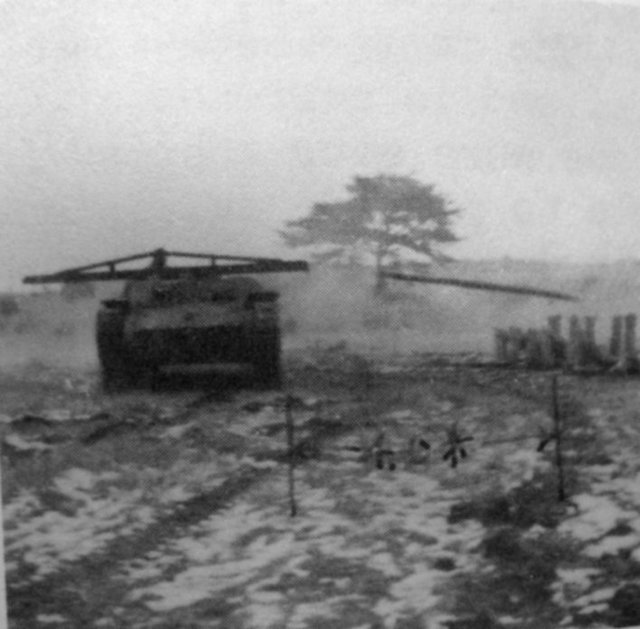

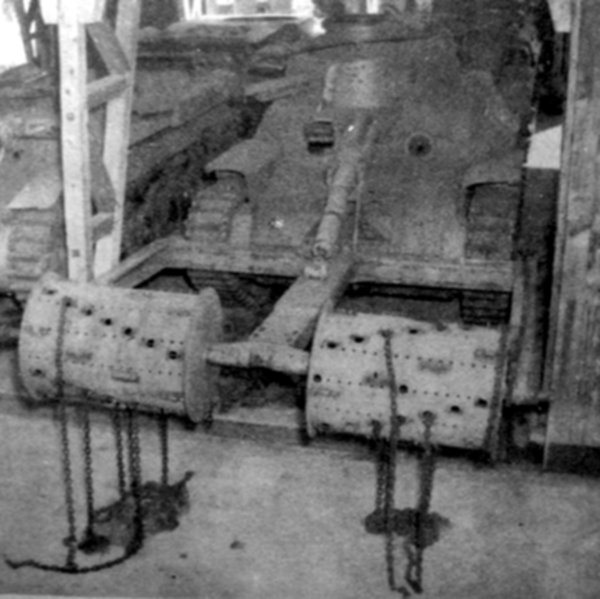
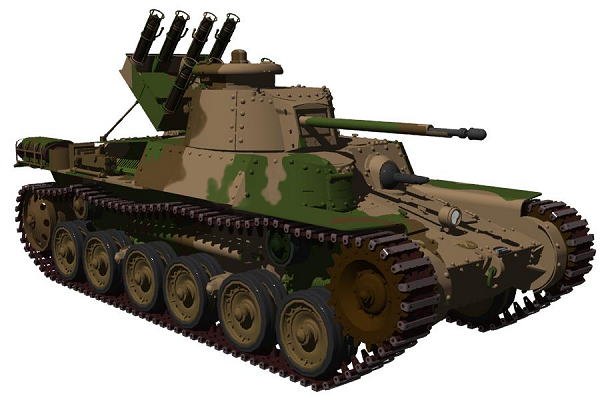
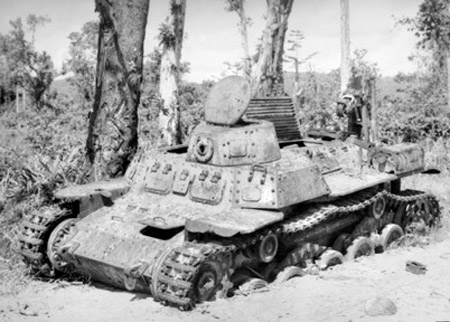

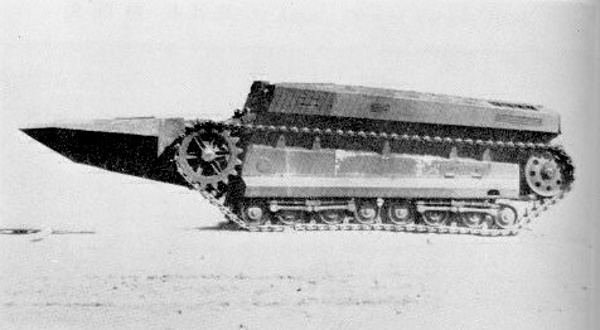
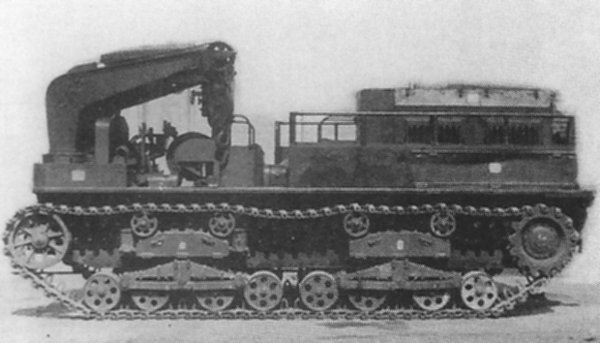
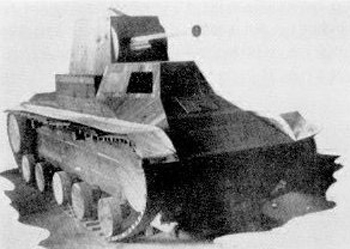
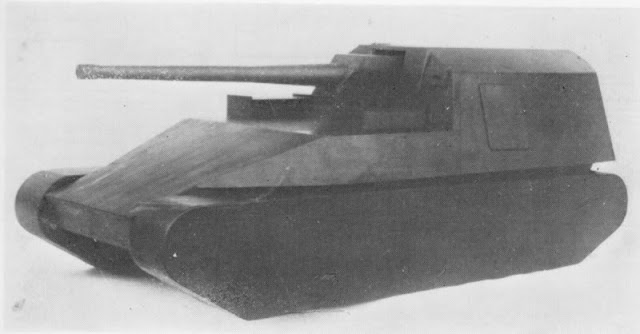
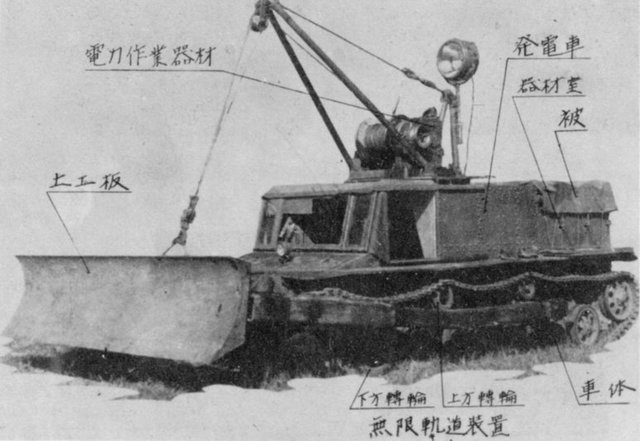
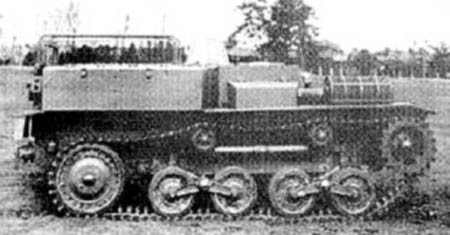
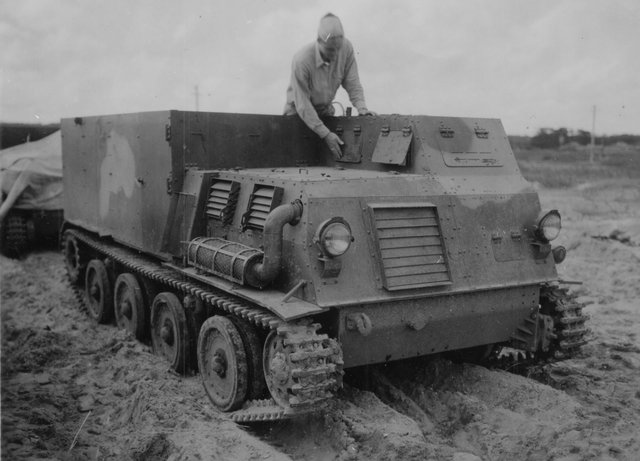
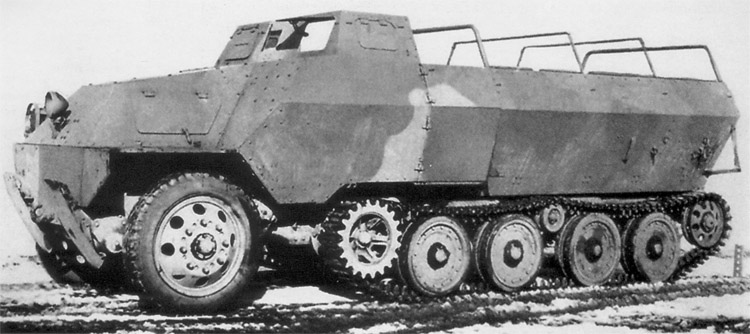
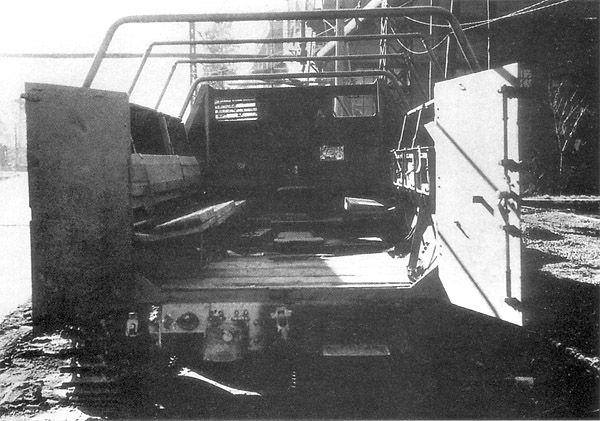
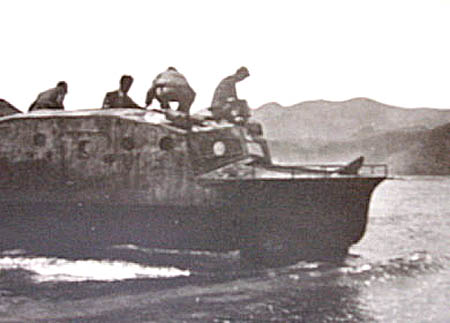
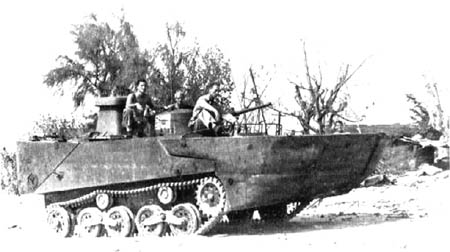
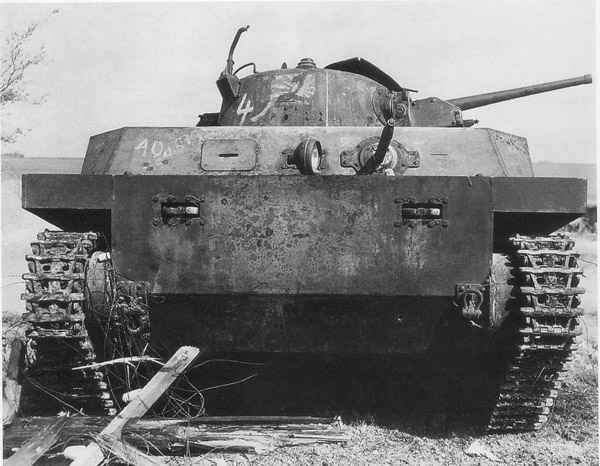
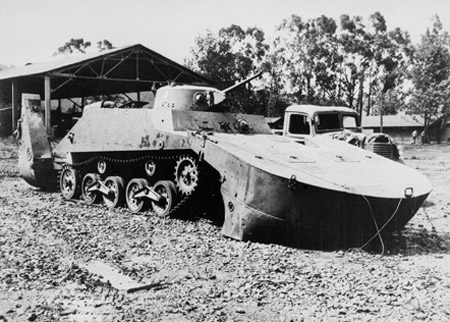
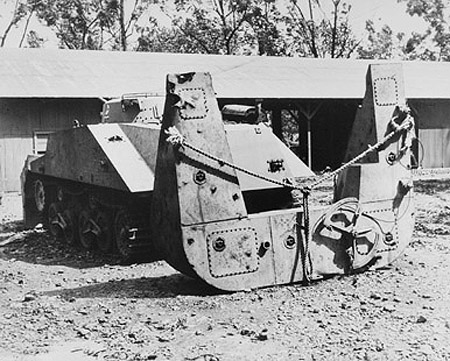
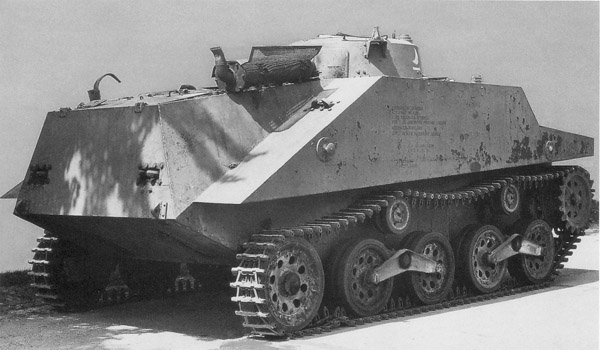
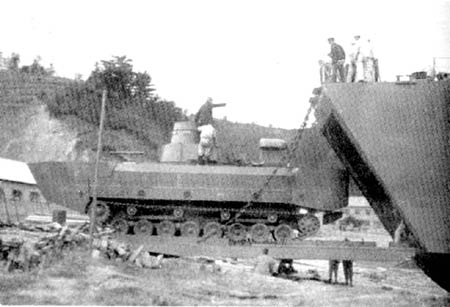
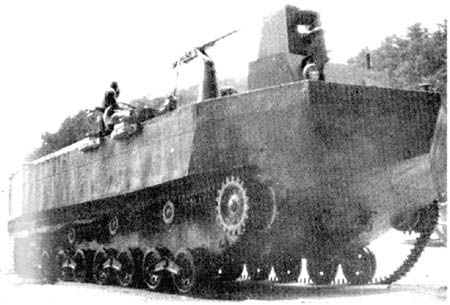
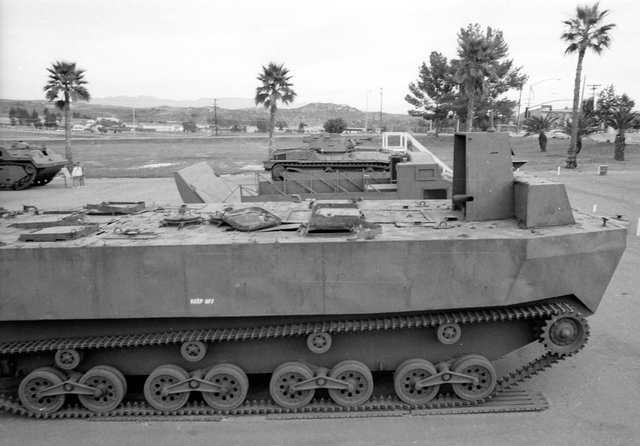
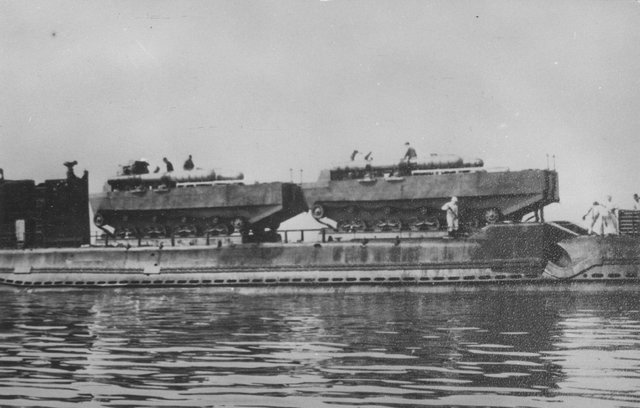
/Japan/Files/5-AmphibiousTanks/Type5-ToKu/Type5-02.jpg)

